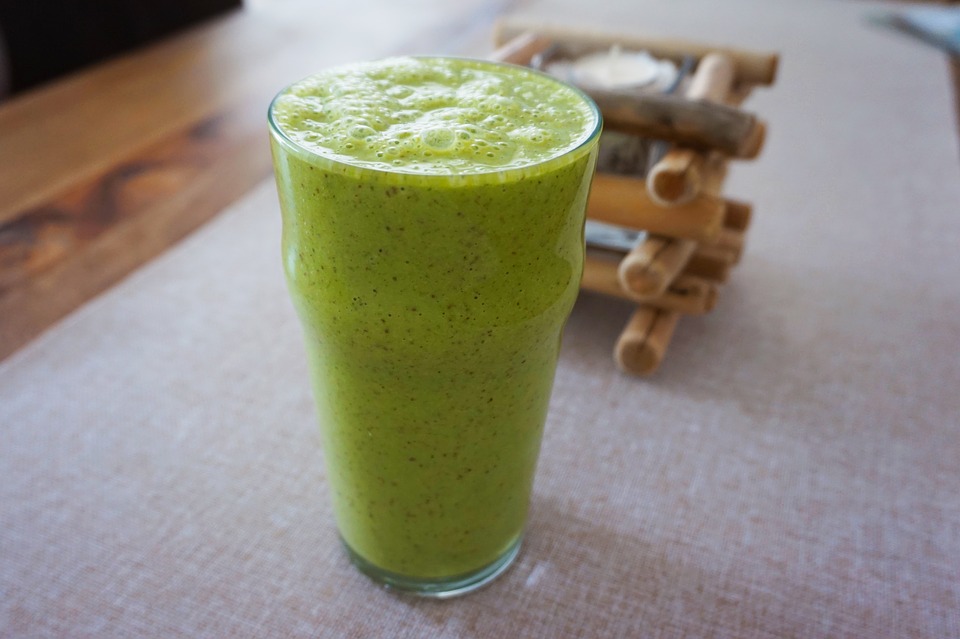
Healthcare is all about protecting patients. Everything from housekeeping to furniture is geared towards not only curing but also preventing illness and injury. You care about your patients, and while you do everything in your power to maintain their safety, there are always ways to improve. A simple but tremendously important safety measure is to use labels. Labeling prevents losses and toxic mixtures, and eases the work of nurses, aides, doctors, and housekeepers.
Patients’ Personal Effects
A number of procedures require patients to remove all personal effects, including small items, such as jewelry. It’s easy to lose your own earrings on your nightstand, let alone someone else’s in the middle of a busy hospital. Zip lock bags help keep patients’ personal effects safe, and labels keep them organized. You can use labels for more than just listing patient names, however. They can actually help you keep track of and protect the zip lock bags’ contents. Simply list and number everything that goes into the bag. When you accept the items, have the patient confirm that your list matches the contents. When you return the bag, the patient can compare the list with the items, ensuring everything they brought to the hospital leaves with them.
Cleaning Supplies
Original chemical bottles always have labels, but sometimes you must make your own labels for secondary containers. This is particularly true of open containers such as buckets. It’s important to know what the bucket contains, and to warn others of potentially harmful contents. You can write on buckets with a permanent marker, but these marks fade over time and quickly become difficult to read. Labels provide much clearer warnings, are easy to replace, and maintain a professional appearance.
Some solid cleaning supplies, such as special scrubbing tools and hand-held mark-removers, also contain chemicals. These are less likely to carry warnings on individual packaging. Often, clinics and hospitals buy these supplies in bulk and divide the supplies to individual janitorial closets in unmarked containers. Since the housekeeping staff has no way of knowing what chemicals these products contain, it’s imperative to label any secondary storage bags. This prevents potentially harmful chemical mixtures.
Medication
Zip lock bags make for good medication organizers. They provide additional protection for capsules in case of spills, and they are a spill-proof way to give patients their medication. However, everyone knows it’s important to label medication, and it’s a little too easy to grab the wrong bag when you’re in a hurry. Labeling secondary storage bags prevents life threatening mistakes. Large labels also make life easier for nurses, aides, and doctors looking for a specific medication in a hurry. The print on medicine bottles isn’t always easy to read.
Buying storage products with labels or buying labels separately allows you to better inform patients and employees of contents and potential risks. It’s a very simple safety habit anyone can easily adopt. If you find unlabeled containers in your janitors’ closets, patient rooms, carts, or storage rooms, it’s time to improve your safety standards. A few words on a small label can make a world of difference.









